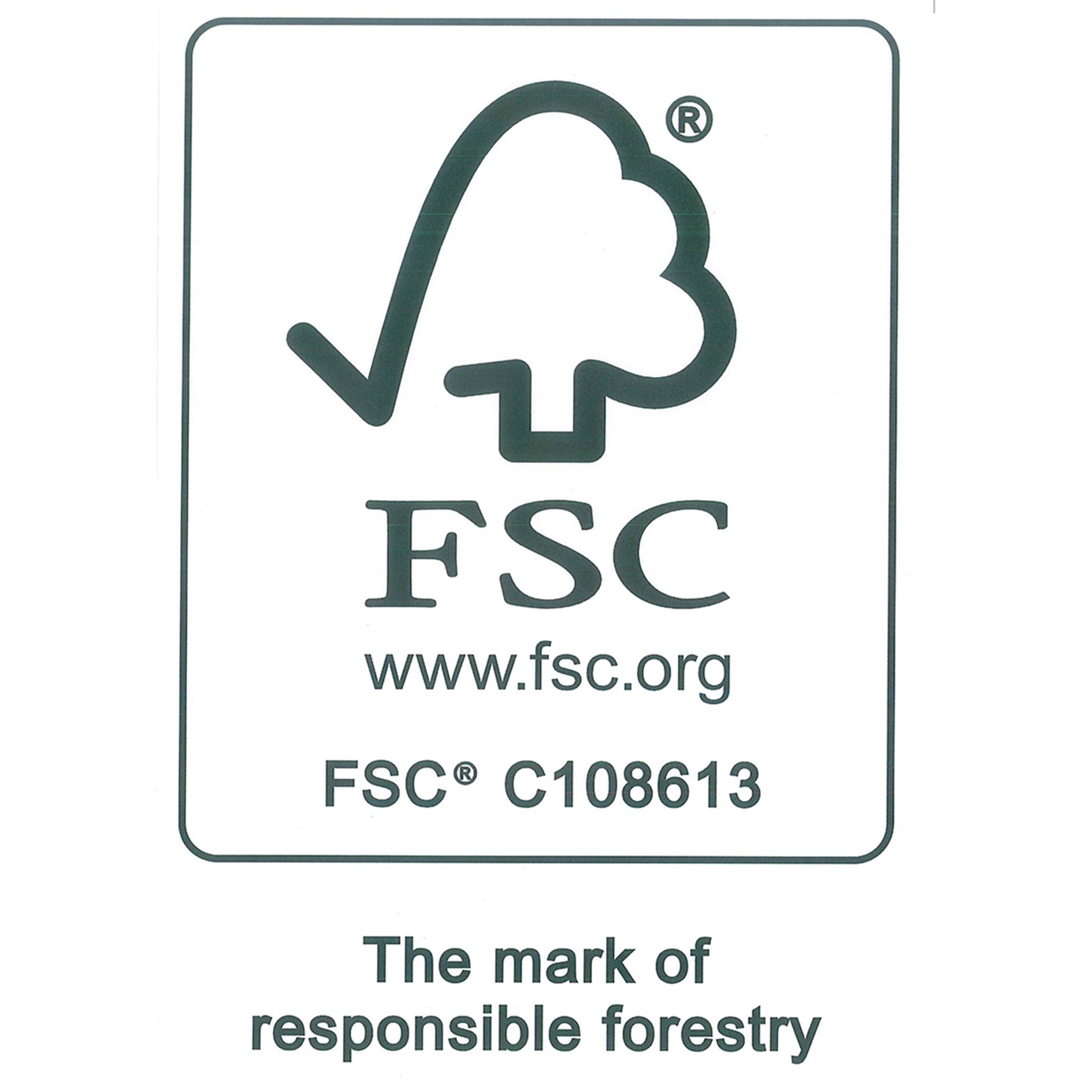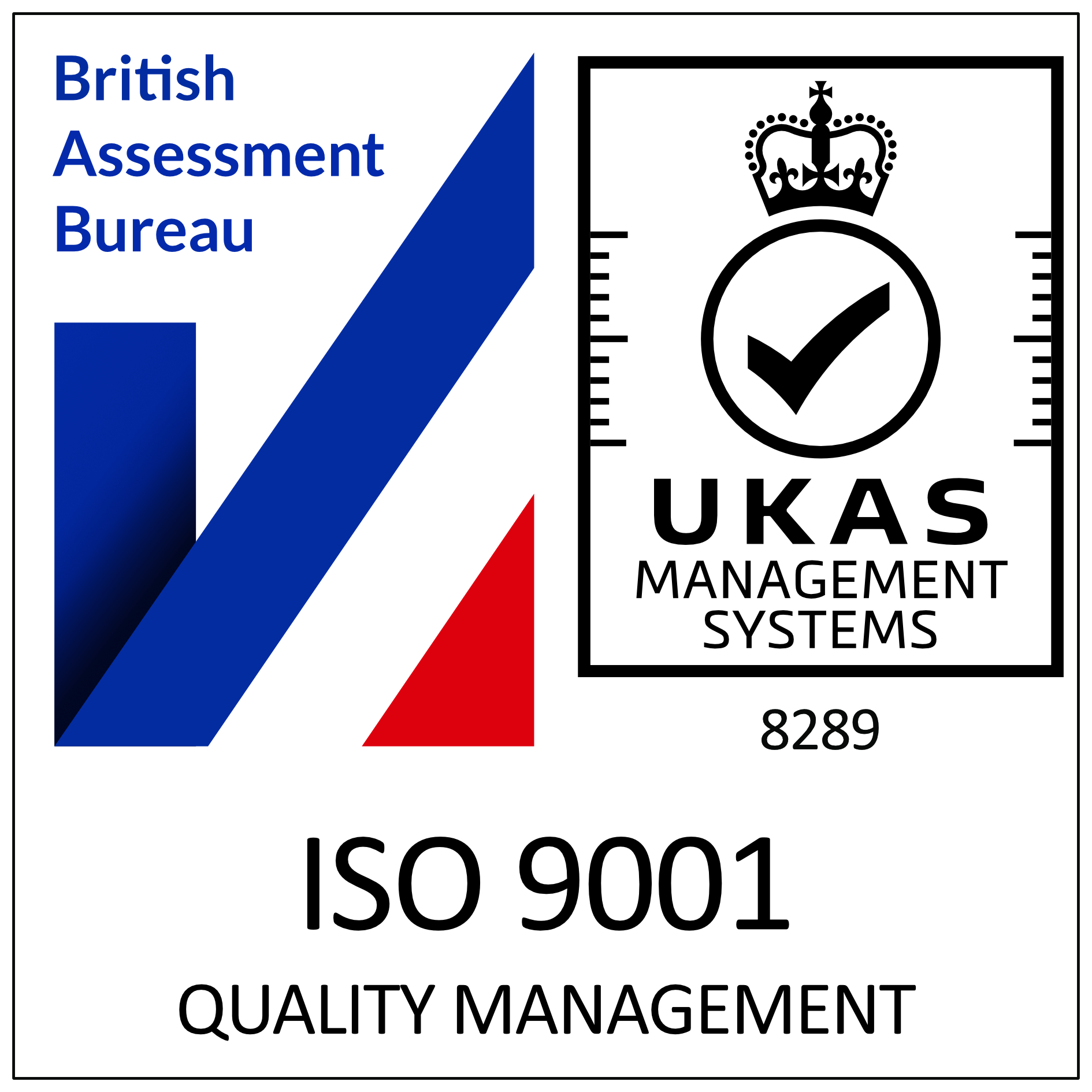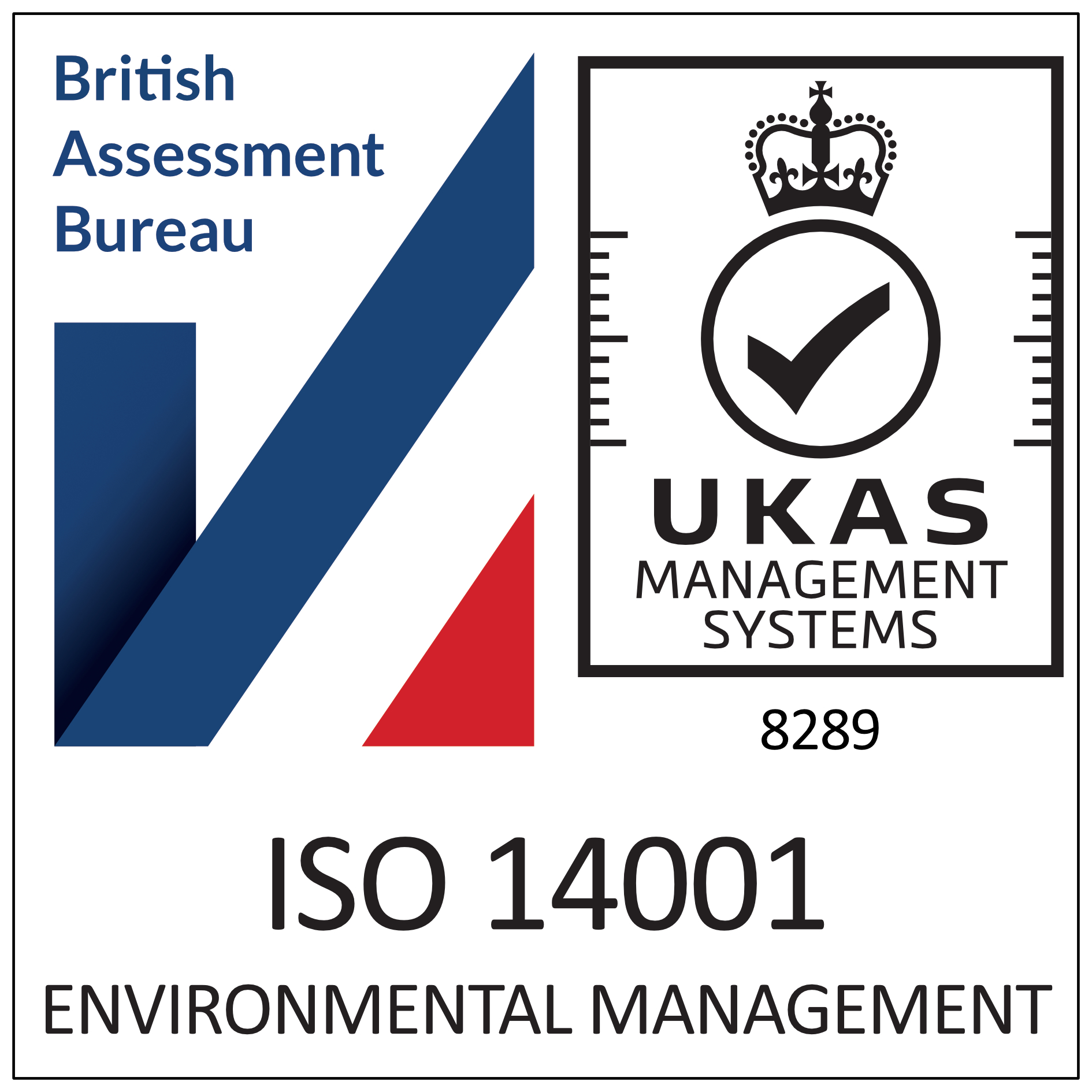Inspection checklist for fire doors
Fire doors are vital in keeping people safe in buildings – they are an essential part of any structured Fire Safety Plan. Fire doors can only be effective though, if they are maintained to the highest standards and are fit to perform their intended function in the event of a fire outbreak. To ensure the safety of a building’s occupants, regular checks must be performed on all fire doors.
Here is a handy checklist of the essential features that should be checked:
- Labels – Every fire door should display a BWF-CERTIFIRE Fire Door Scheme label – usually found on the top edge of the door.
- Leaf – The door leaf should sit flush with the door stop, and without any distortion. Ensure that the door is free from any dents, holes or other damage, and that any veneer is still solidly in place.
- Frame – Ensure that the frame is firmly attached to the wall – and if any planted door stop is present, that it too, is firmly attached. Check that the door leaf gap is consistently the required 2-4mm.
- Seals – All fire doors should feature seals – either intumescent, smoke, acoustic or any combination of those – if not, they should be installed IMMEDIATELY. All seals must be well attached inside the groove of either the door leaf or the frame itself. All seals must be continuous around the frame and free from any damage.
- Hinges – All fire doors must be affixed with a MINIMUM of 3 hinges, with all screws firmly tightened in place. The screws must be custom fitted for the hinge and the right size, and maintained free from any metal fragments or oil leakage. Any signs of wear must be addressed.
- Closers – There is a test you should perform regularly for the door closers – open the door to 5 degrees (75mm) and check that door closes and successfully engages with the latch. Ensure that the closer is correctly installed and is attached to both the door and the frame. Ensure there is no damage or leaking. If doors are hung in pairs, then ensure that they both close in line when opened and released together.
- Door Open Devices – Many fire doors are fitted with “hold open” devices – only the electronically powered devices are approved. Where present, ensure that the device releases the door accordingly when required.
- Lock / Latch – Ensure that the latch holds the door firmly in place without any ‘rattling’, or excess movement.
- Glazing – Many fire doors are installed with specialist glazing – when present, ensure the intumescent seals are attached to the beading and the glass itself, and is continuous. Check that all beading is in good condition and free from damage, and all glass panes are damage-free with no cracks. Check whether any panes have been replaced for any reason and, if so, that the replacement glass is of the required fire safety standards. Any glass panelling below a height of 1500mm must be comprised of the approved safety glass standard.
- Threshold Gap – There must be a consistent gap under the fire door that allows it to swing freely without touching the floor. Ensure that this gap between floor covering and door is consistently 10mm, or less, when the door is closed.
Enfield Doors
Our team of experts is always on hand to guide you and give you sound and pragmatic advice based on years of experience and successful installations.
If you would like further information on our company please click here, or please contact us and we will respond as quickly as possible. We look forward to helping you.








